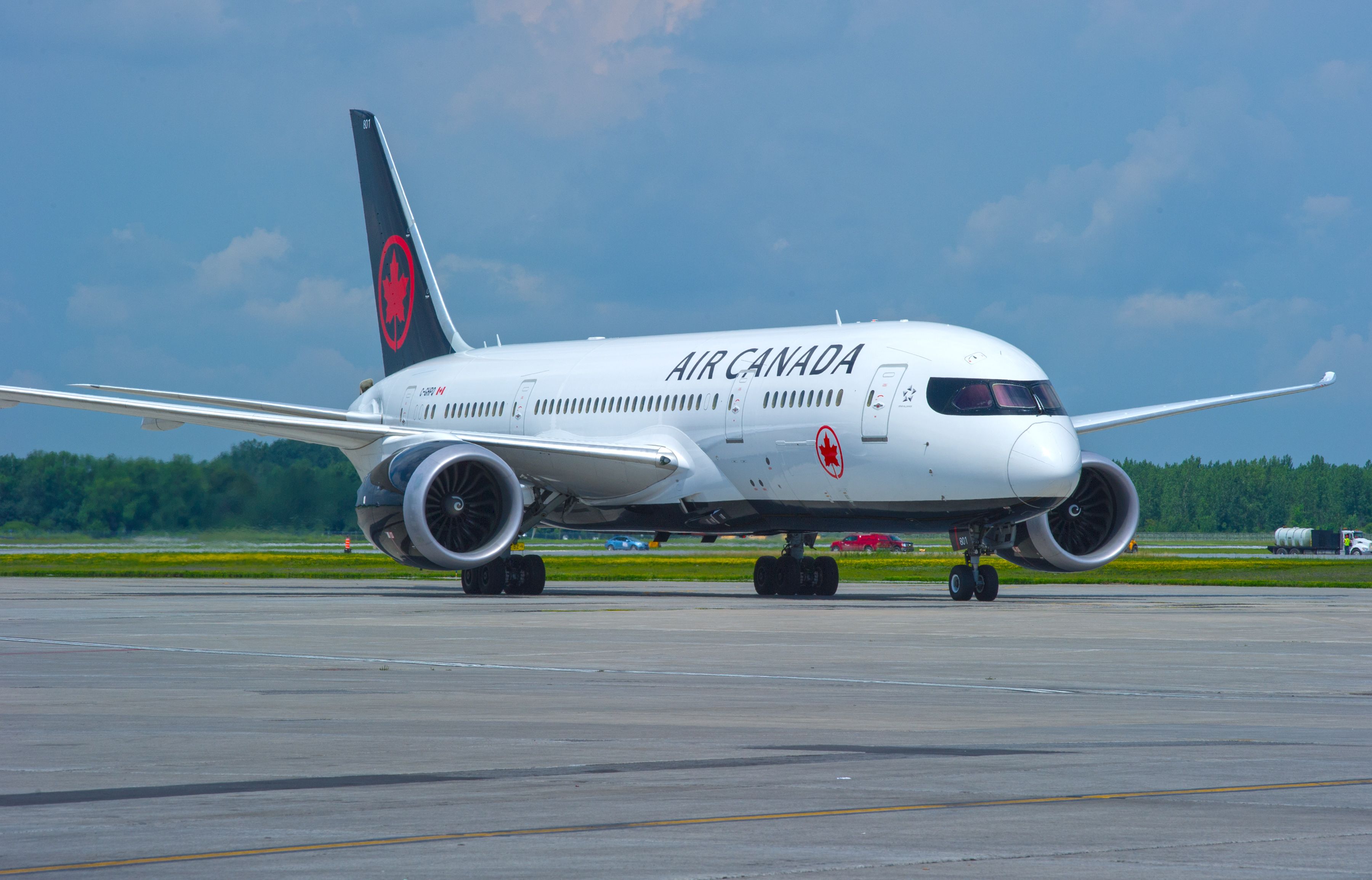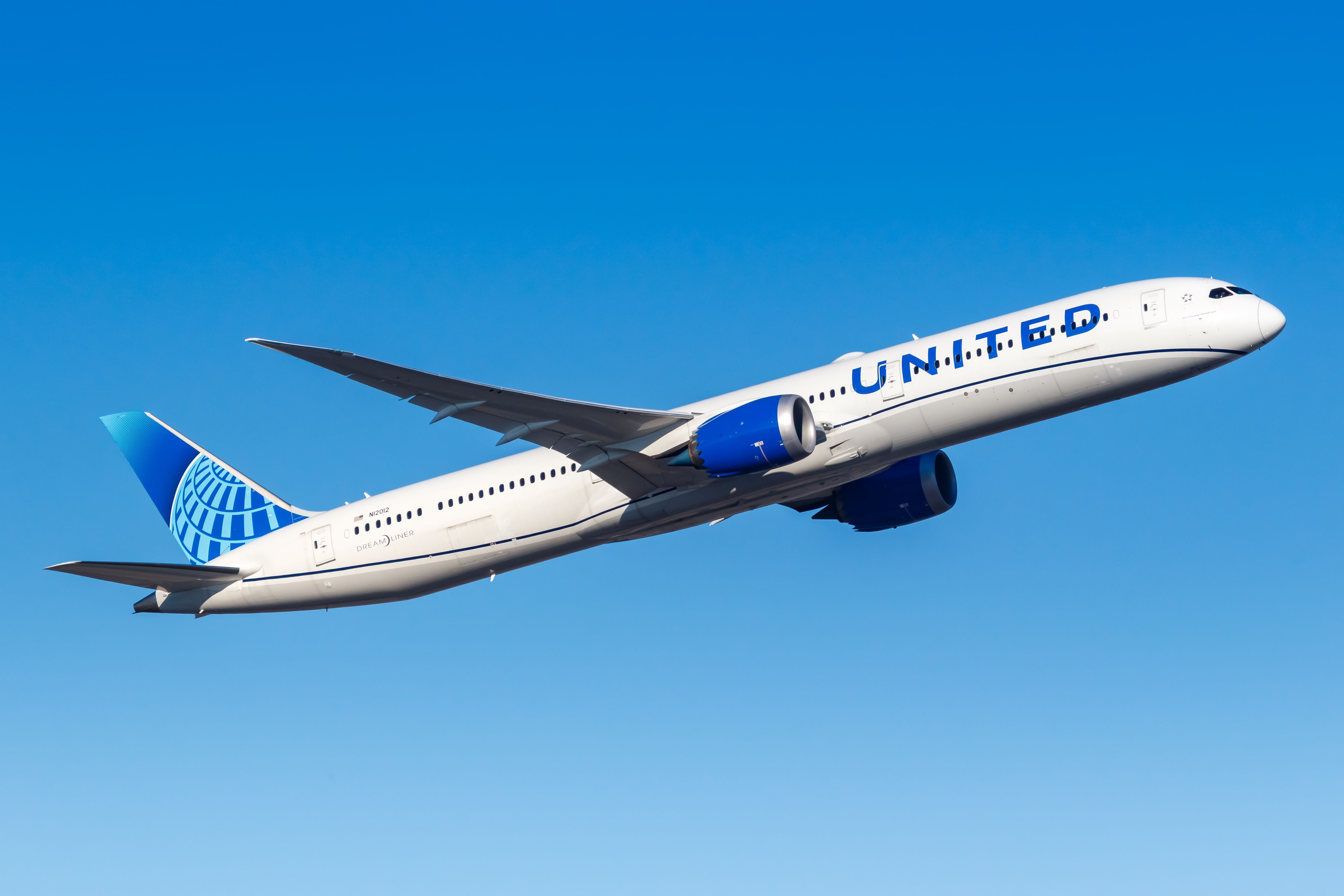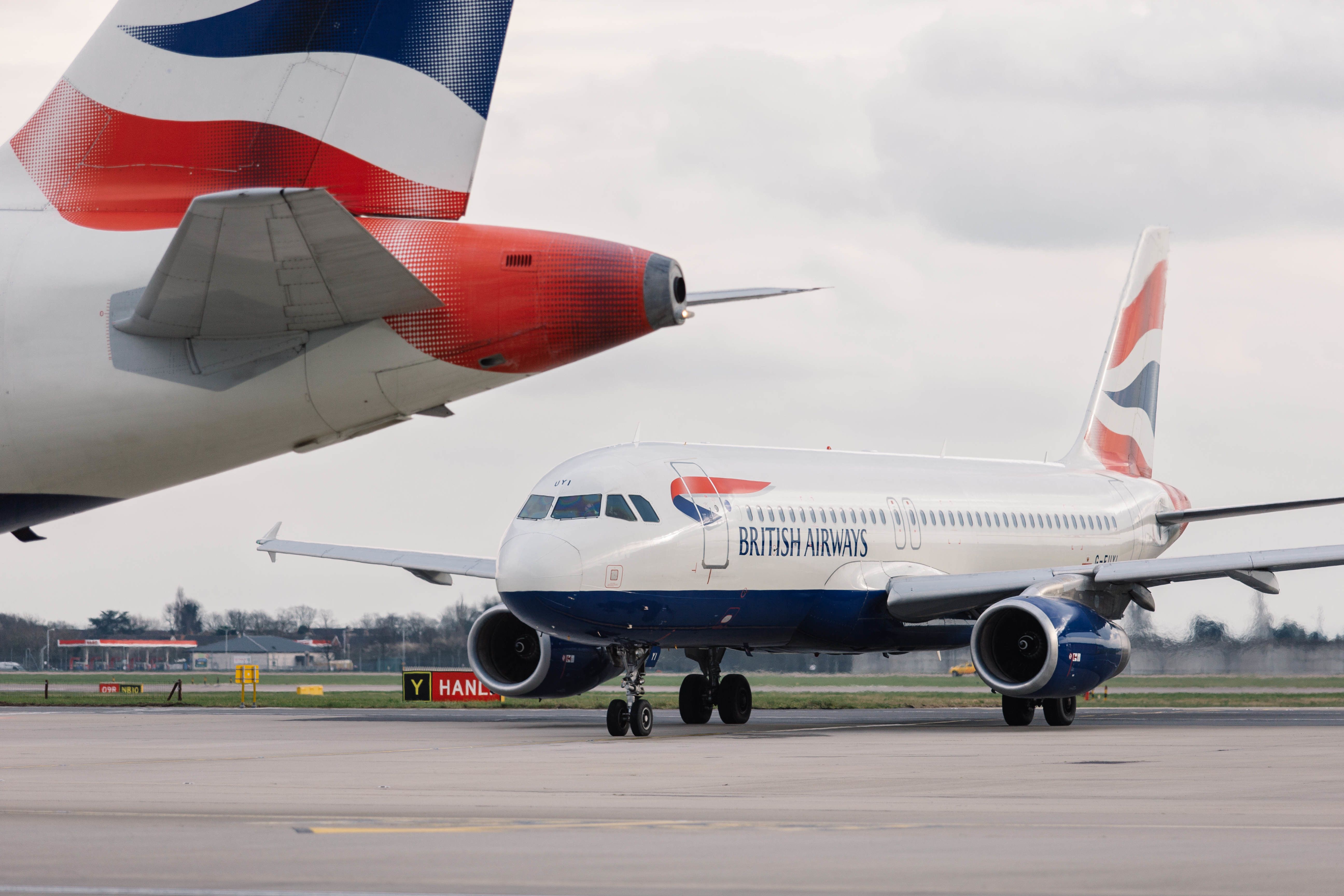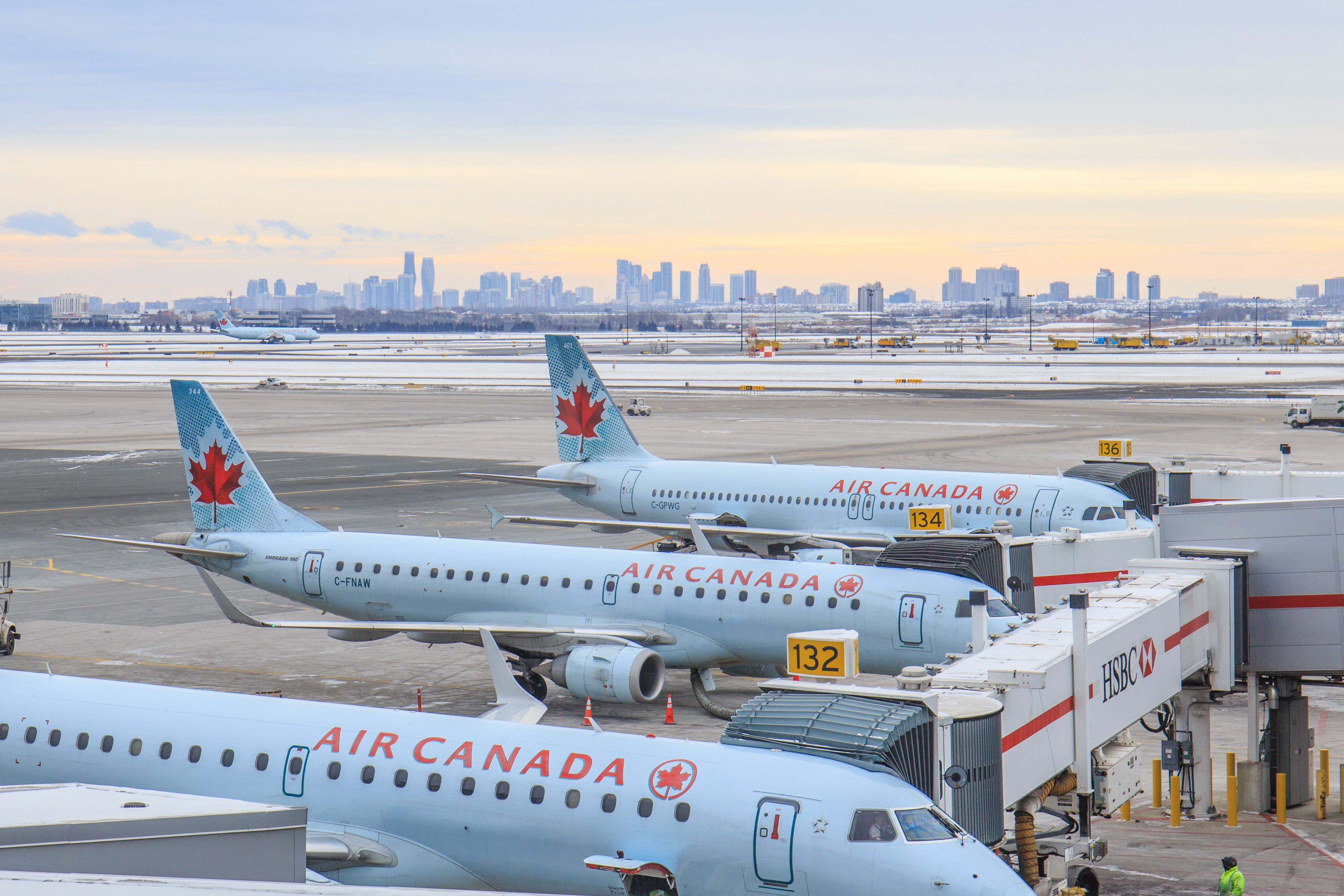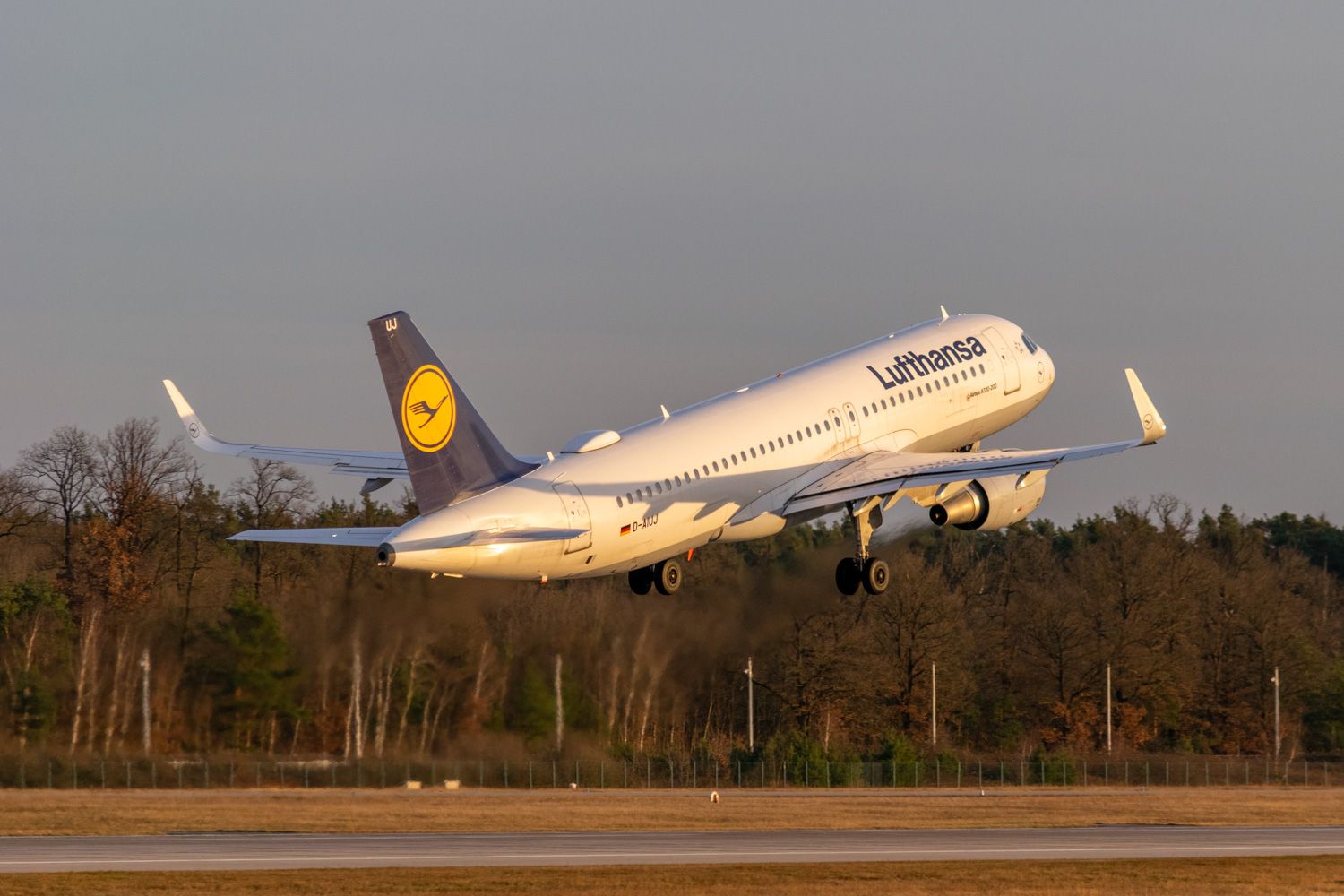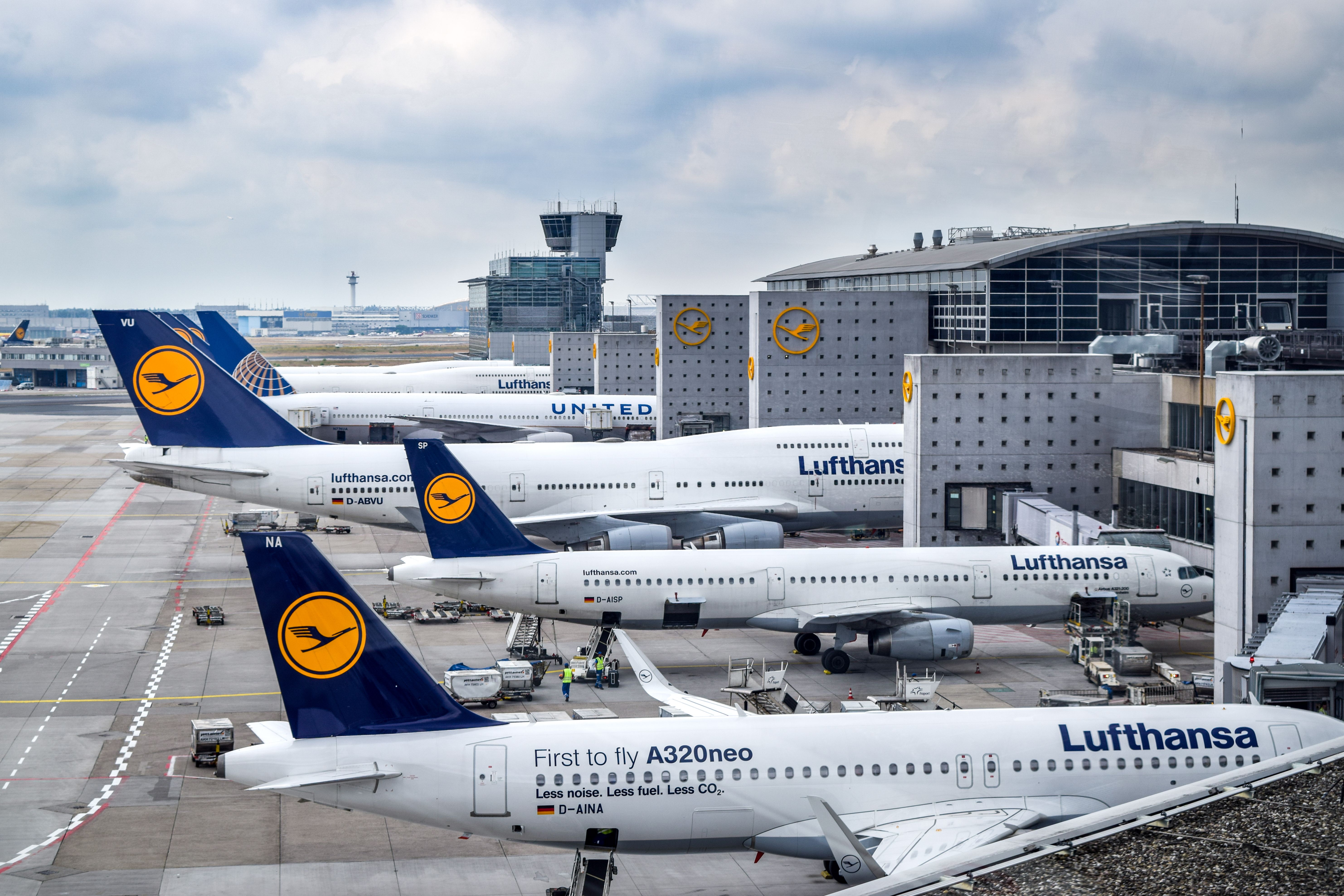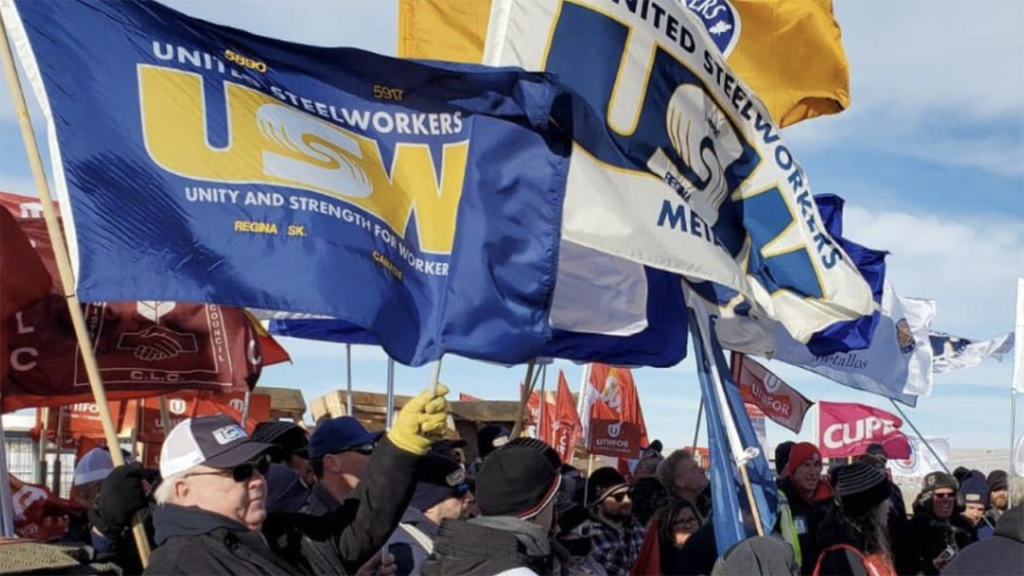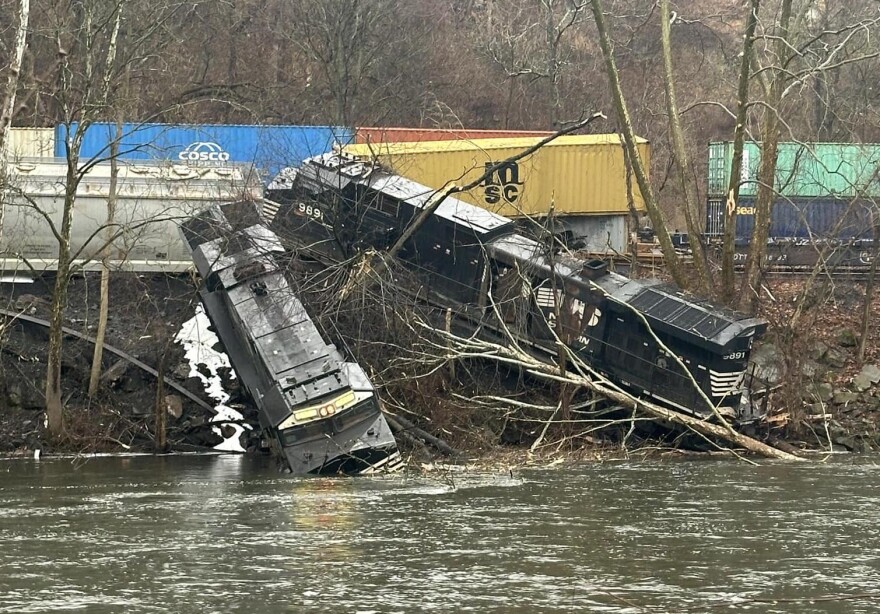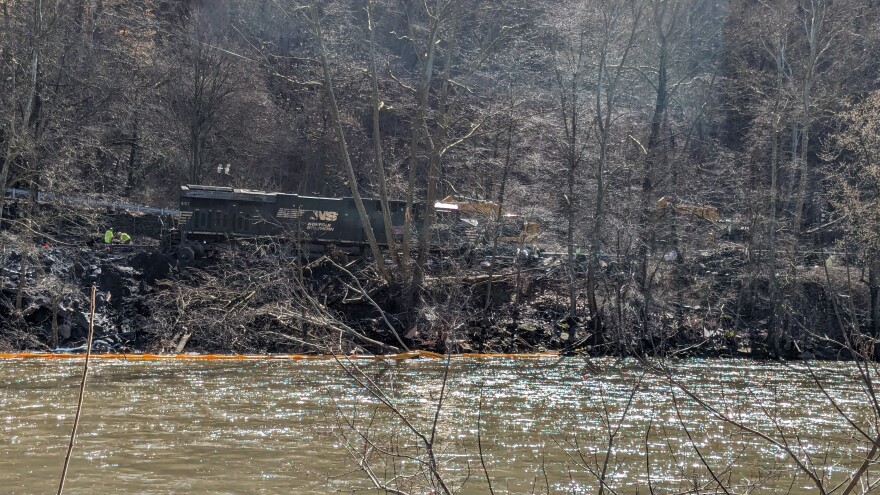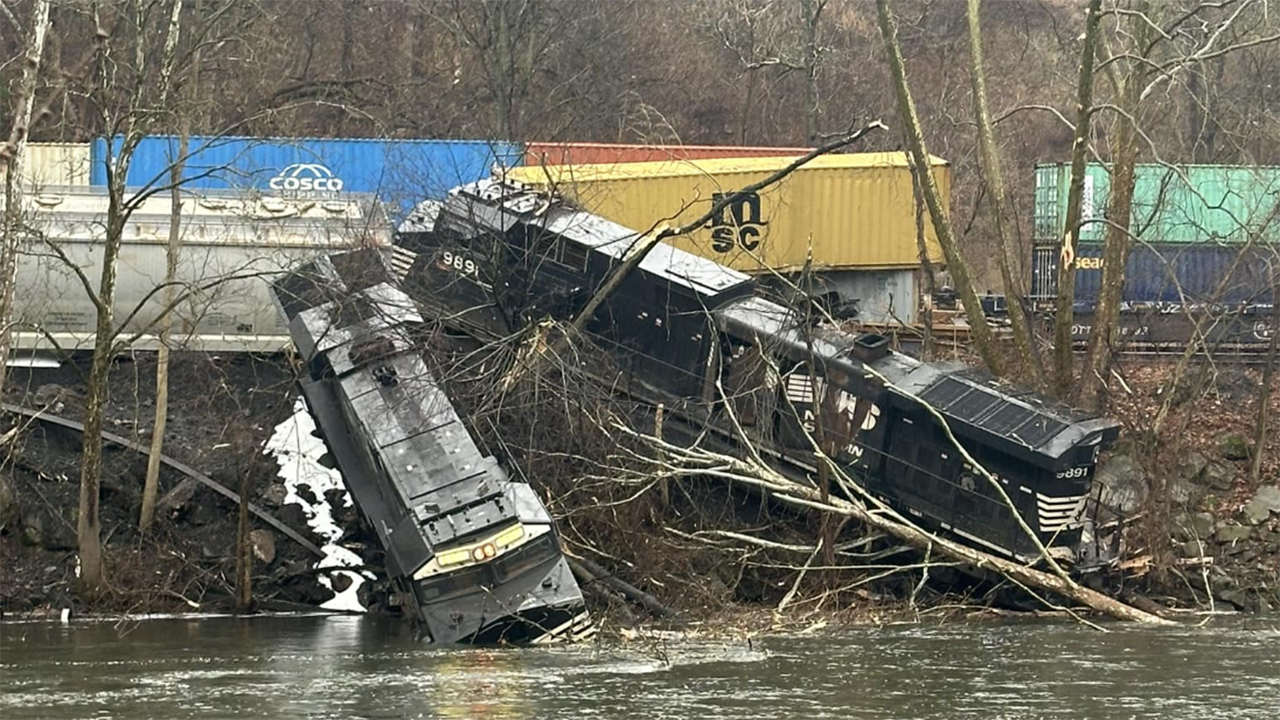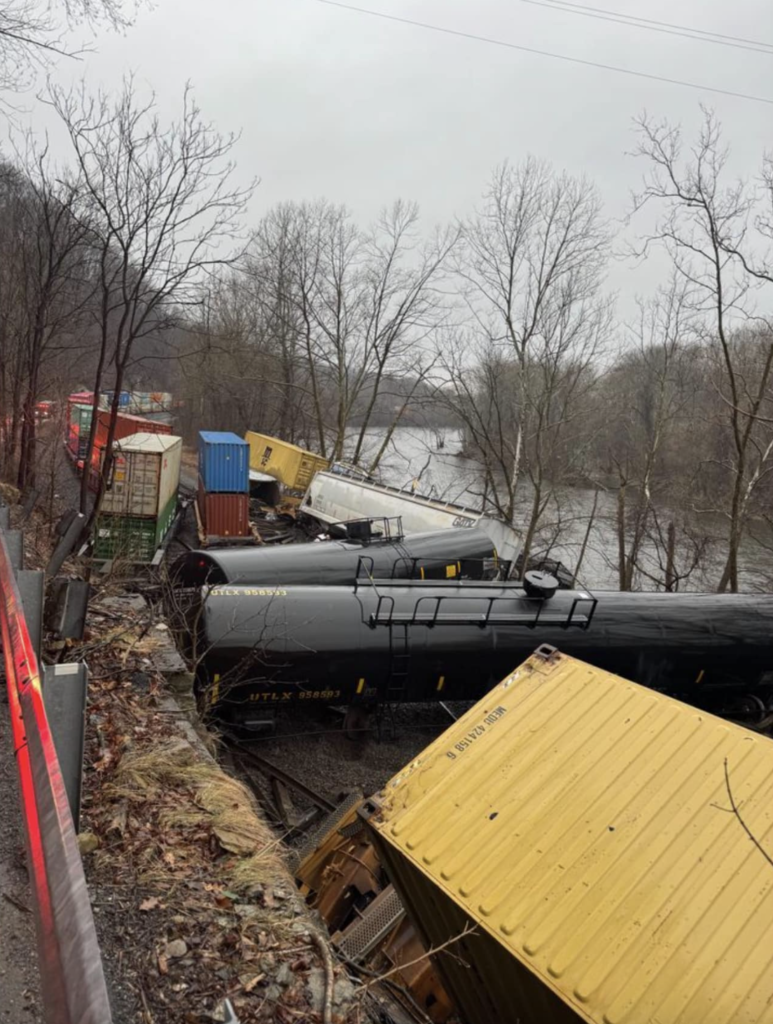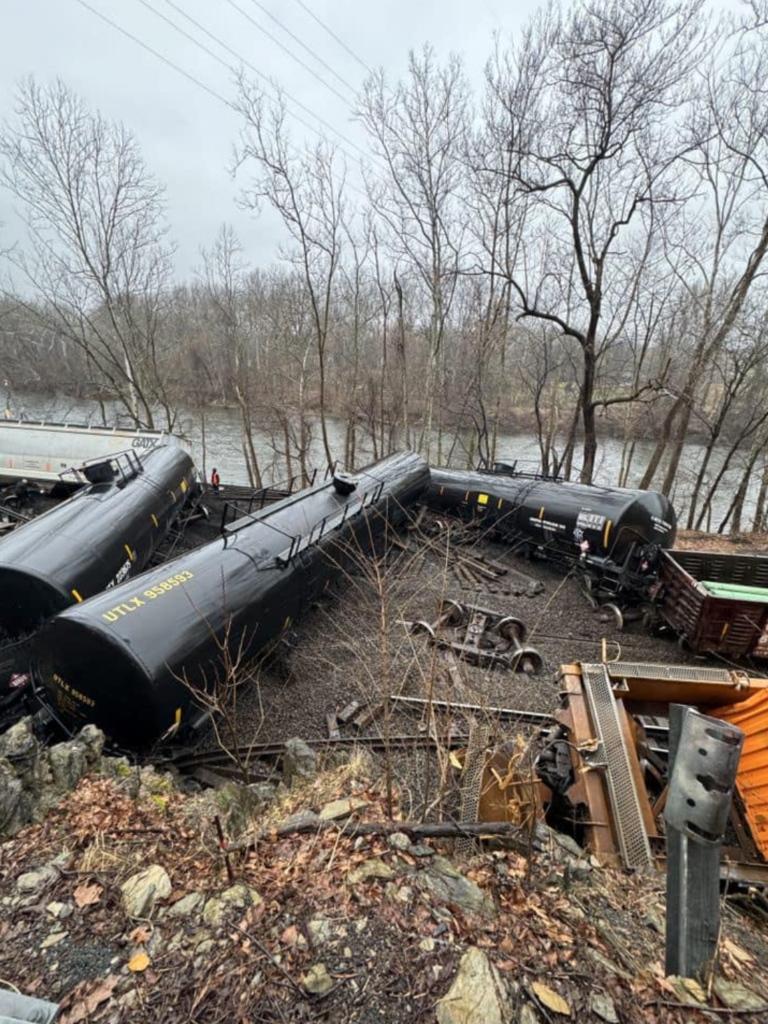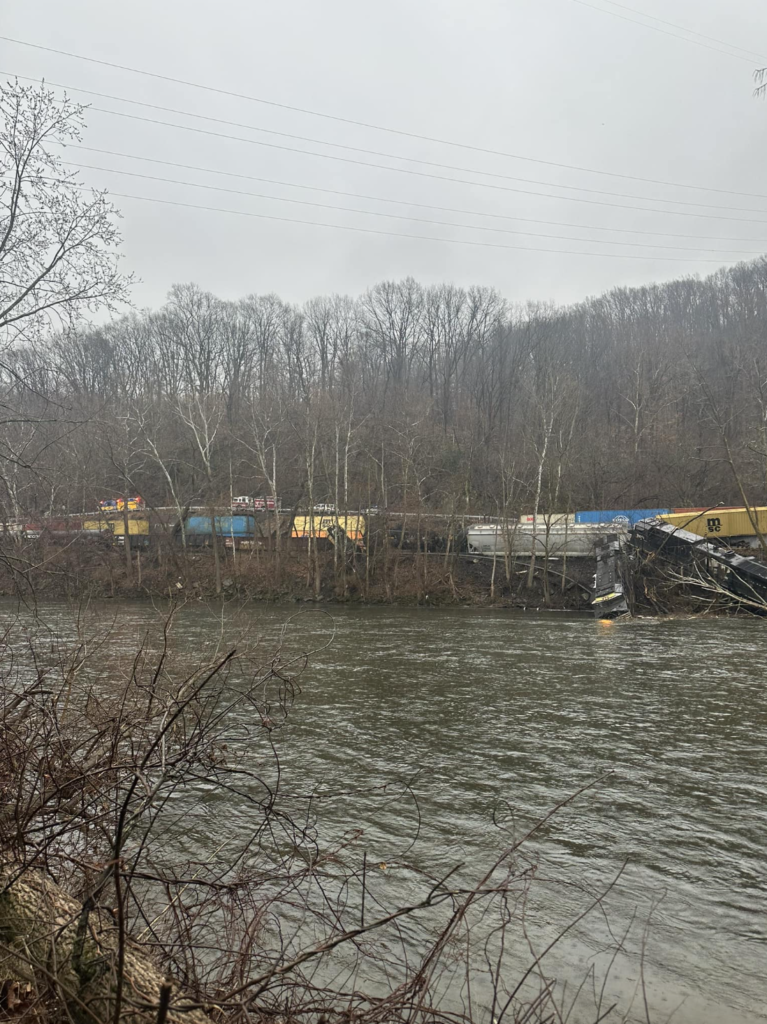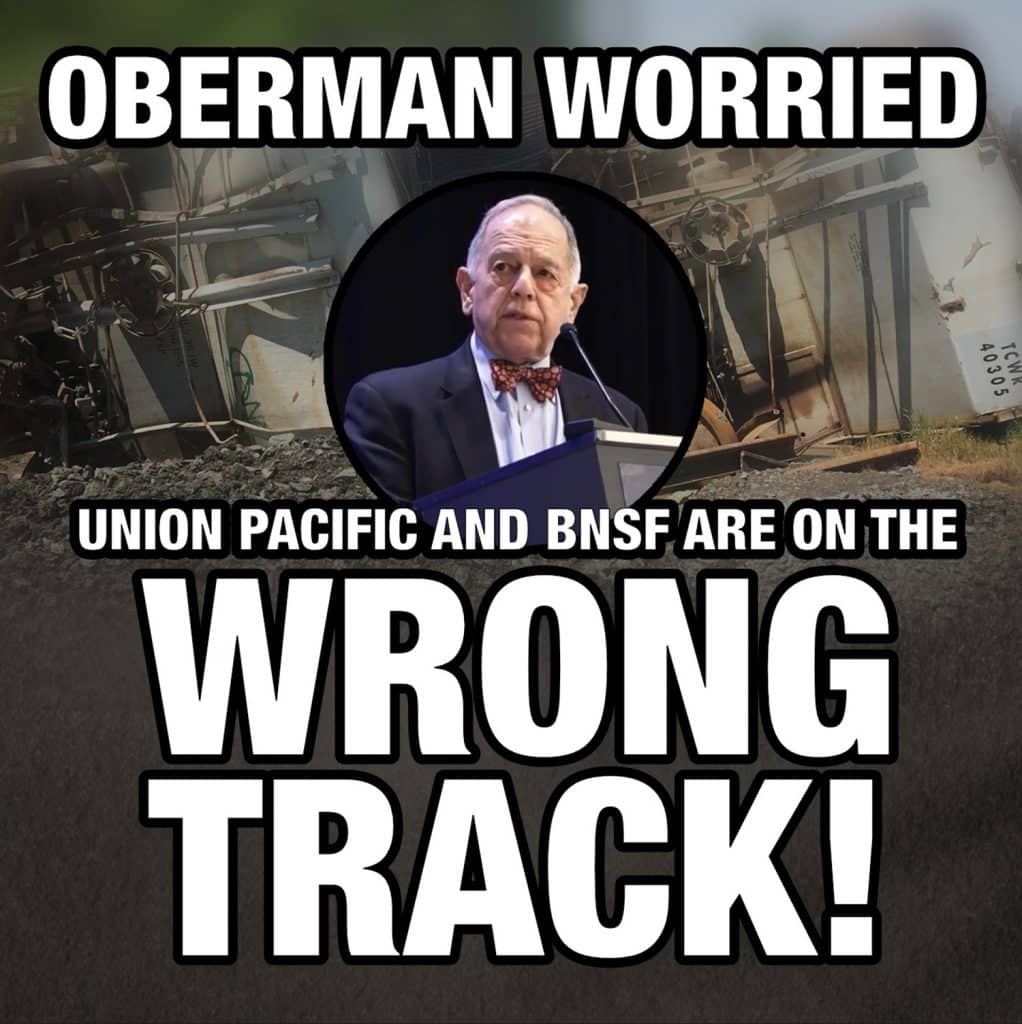Role of African women and young people in agricultural service provision investigated in new CABI-led study
The role of African women and young people engaged in agricultural service provision has been investigated in a new CABI-led study published in the CABI Agriculture and Bioscience journal.
IMAGE:
STUDY SHOWS THAT THE ENGAGEMENT OF AFRICAN WOMEN AND YOUNG PEOPLE IN AGRICULTURAL SERVICE PROVISION IS ‘NOT A PANACEA TO THE CHALLENGES THEY FACE’ SUCH AS LIMITED DECISION-MAKING IN PRODUCTION AND INCOME (CREDIT: CABI).
view moreCREDIT: CABI
The role of African women and young people engaged in agricultural service provision has been investigated in a new CABI-led study published in the CABI Agriculture and Bioscience journal.
By combining a literature review with ongoing action research in Kenya, the scientists provide insights into the main characteristics, benefits, and shortfalls of business models for engaging women and young people in agricultural service provision in Africa.
‘Not a panacea to the challenges faced’
The findings show that the engagement of African women and young people in agricultural service provision is ‘not a panacea to the challenges they face’ such as limited decision-making in production and income.
However, the researchers argue that various business models have been successful in contributing to economic empowerment, to increasing entrepreneurial activities and to upskilling of women and young people engaged as service providers.
Business models that are successful, the researchers say, are place-based and people-focused, market-driven and focused on value chains.
Need for multi-sectoral inter-institutional collaboration
Challenges however abound due to various factors. Therefore, for sustainability there is need for multi-sectoral inter-institutional collaboration that pulls in funding and which makes a case for private sector buy-in, they stress.
Women play a significant and increasing role in agriculture in Africa – making up 55% of the workforce. Meanwhile, almost 60% of Africa’s population in 2019 was under the age of 25, making Africa the world’s youngest continent.
Dr Mariam Kadzamira, lead author and Senior Researcher, Agribusiness at CABI, said, “Africa’s women and youth hold the key to the continent’s very survival and the burden to sustain wider global development.
“But they remain on the periphery of decision-making processes, have limited control over productive resources and are predominantly engaged in low paying and/or non-remunerated roles within the sector.
“For sustained and effective engagement of women and young people in agricultural service provision, there is need for multi-sectoral inter-institutional collaboration. This requires long term dedicated funding from governments and development partners.
“Dedicated funding should include components for continuous capacity building as well as provision of low-cost credit for the service providers.”
Multiple skills for potential service providers
She adds that any capacity building programme should budget to provide potential service providers with multiple skills, for them to respond effectively to the evolving needs of their communities, value chains or industry, thus enabling them to earn a sufficient level of income over a cropping season.
Co-author, Dr Monica Kansiime, CABI’s Deputy Director of Development and Outreach for Africa, said, “There is also need for buy-in from industry and the private sector to deliberately incorporate women and young people in their business plans and marketing networks.
“This requires a clear articulation of how the market-driven approach would contribute to the bottom line of the agribusiness while concurrently tapping into a locally available and underutilized human resource.”
The researchers highlight that future research should focus on increasing the evidence base to understand if successes with inclusion of women and young people in agricultural service provision has an influence on agricultural policy.
They also stress a need to rigorously assess the extent to which successful agricultural service business models are engendered – given the prevailing gender gap in the agricultural sector and the fact that service provision in agriculture is still predominantly delivered by men.
Socio-cultural barriers, institutional constraints, and financial bottlenecks
Dr Kadzamira added, “Such research should aim to contribute to the identification of comprehensive strategies for training and engagement of women, young or otherwise, as agricultural service providers and for increasing women’s access to agricultural services once they are made available.
“This research should also aim to understand how promoters can work to overcome the socio-cultural barriers, institutional constraints and financial bottlenecks that make it harder for women to enter or to stay in agriculture service provision in Africa.”
The researchers conclude by suggesting there is need for robust transdisciplinary research to ground truth the various insights emerging from the action research reported in this study as well as similar numerous efforts available as grey literature.
Dr Kansiime added, “Focus should be on quantifying actual renumeration to service providers, and clientele’s (farmers) willingness-to-pay for services rendered by local women and youth versus their willingness-to-pay for services rendered by other service providers.
“There is also a need to measure and quantify impacts at farmer level of the engagement of women and young people as agricultural service providers.”
Additional information
Main image: Study shows that the engagement of African women and young people in agricultural service provision is ‘not a panacea to the challenges they face’ such as limited decision-making in production and income (Credit: CABI).
Full paper reference
Kadzamira, M., Chege, F., Suntharalingam, C., Mary Bundi, M., Likoko, L., Magero, D., Romney, D., Kansiime, M., and Mulema, J., ‘African women and young people as agriculture service providers – business models, benefits, gaps and opportunities,’ CABI Agriculture & Bioscience, 4 March 2024, DOI: https://doi.org/10.1186/s43170-024-00229-y
The paper can be read full open access here.
JOURNAL
CABI Agriculture and Bioscience
METHOD OF RESEARCH
Experimental study
SUBJECT OF RESEARCH
People
ARTICLE TITLE
African women and young people as agriculture service providers – business models, benefits, gaps and opportunities
ARTICLE PUBLICATION DATE
4-Mar-2024
